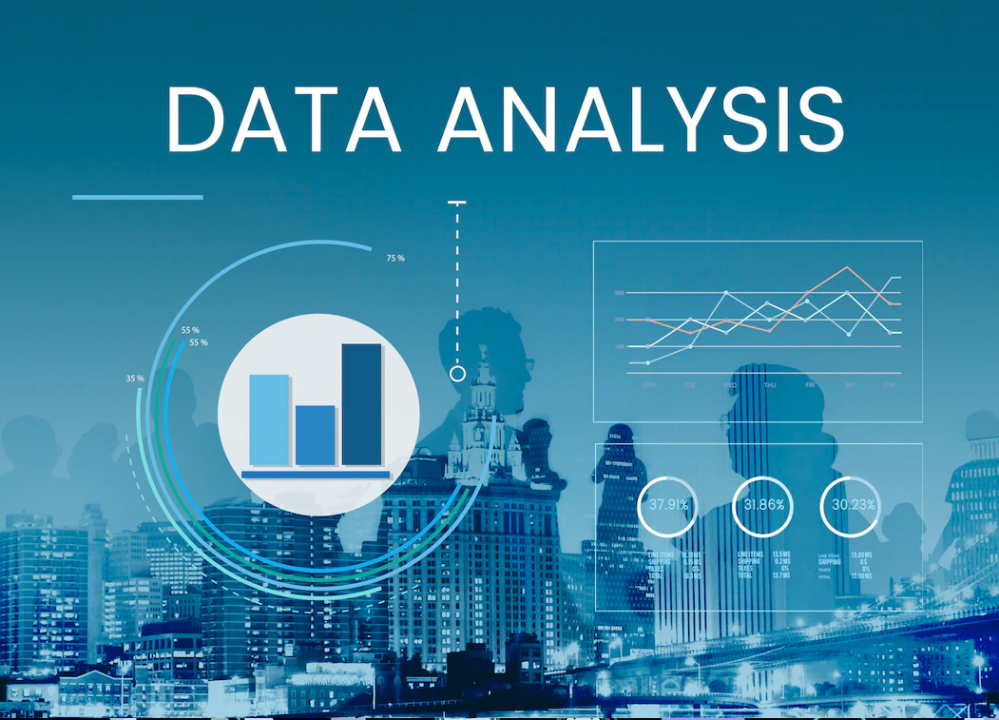In today’s fast-paced digital landscape, data analytics has emerged as a vital tool for businesses seeking to enhance their marketing campaigns. By harnessing the power of data, marketers can gain invaluable insights into consumer behavior, optimize their strategies, and ultimately drive better results. This blog explores the various ways in which data analytics plays a crucial role in improving marketing campaigns.

1. Understanding Consumer Behavior
At the heart of any successful marketing campaign lies a deep understanding of the target audience. Data analytics enables businesses to collect and analyze vast amounts of consumer data, including demographics, preferences, and purchasing patterns. By utilizing tools such as customer segmentation and profiling, marketers can identify specific target groups and tailor their campaigns accordingly. For instance, data analytics can reveal which segments are more likely to engage with a particular product, allowing businesses to focus their resources where they’ll have the most impact.
2. Optimizing Marketing Strategies
Once a campaign is underway, data analytics allows marketers to monitor its performance in real-time. By tracking key performance indicators (KPIs) such as click-through rates, conversion rates, and engagement levels, businesses can determine what’s working and what isn’t. This information is crucial for making informed adjustments to the campaign, whether it’s reallocating budget to higher-performing channels or tweaking messaging to resonate more effectively with the audience. A/B testing, powered by data analytics, further refines marketing strategies by comparing different variations of ads or content to see which performs better.
3. Enhancing Customer Experience
Today’s consumers expect personalized experiences, and data analytics is the key to delivering just that. By analyzing past interactions, preferences, and behaviors, businesses can create highly targeted and relevant marketing messages. Personalization can take many forms, from recommending products based on previous purchases to sending tailored emails that address specific customer needs. By enhancing the customer experience in this way, brands can foster deeper connections with their audience and increase customer loyalty.
4. Predicting Future Trends
One of the most powerful aspects of data analytics is its ability to forecast future trends. By leveraging historical data and employing predictive analytics models, marketers can anticipate shifts in consumer behavior, emerging market trends, and potential challenges. This foresight enables businesses to stay ahead of the competition, adapting their strategies proactively rather than reactively. For instance, a brand might identify a growing interest in sustainability and pivot its messaging to highlight eco-friendly products.
5. Measuring ROI
Understanding the return on investment (ROI) of marketing campaigns is essential for any business. Data analytics provides the tools needed to measure and analyze the effectiveness of various marketing efforts. By tracking the costs associated with each campaign against the revenue generated, marketers can gain insights into which strategies are most profitable. This data-driven approach not only aids in budgeting decisions but also helps businesses justify their marketing expenditures to stakeholders.
Conclusion
Data analytics is no longer just an option for modern marketers; it’s a necessity. By leveraging the power of data, businesses can gain deeper insights into consumer behavior, optimize their marketing strategies, enhance customer experiences, predict future trends, and measure ROI effectively. As the marketing landscape continues to evolve, those who harness the power of data analytics will be better positioned to succeed in an increasingly competitive environment. In the world of marketing, data is not just an asset—it’s the cornerstone of strategic decision-making.


No responses yet